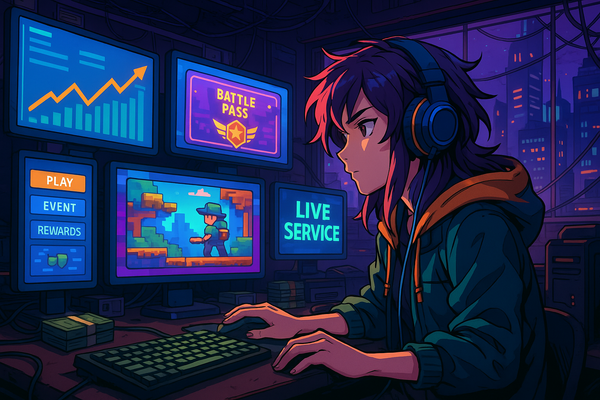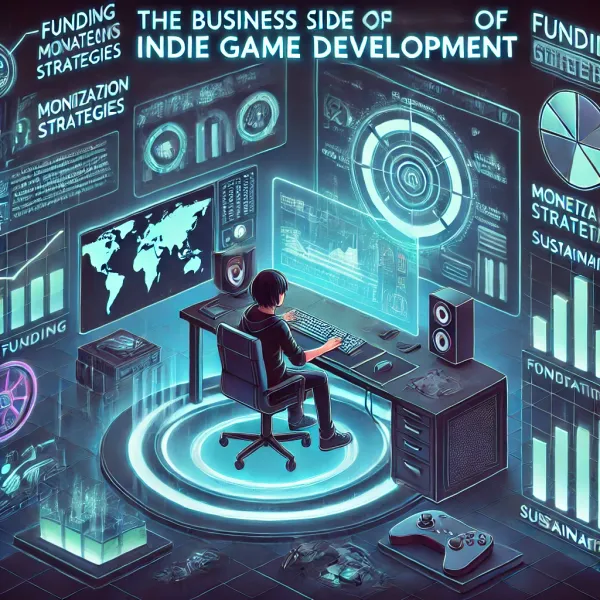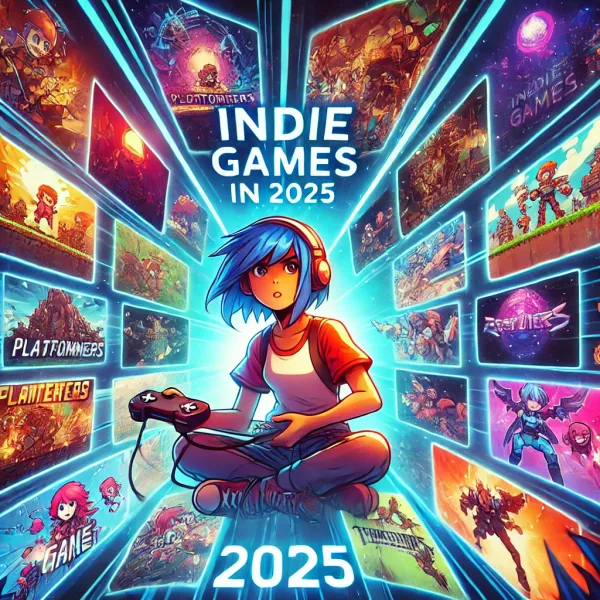Navigating the future landscape of mobile gaming
As the dust settles on a tumultuous period for the tech industry, mobile gaming emerges not only unscathed but with a newfound vigor, signaling a robust pathway forward. The recent fluctuations seen in global economies and tech spheres had led many to predict a slowdown in this vibrant sector. However, contrary to these grim forecasts, mobile gaming is pivoting towards a renaissance of innovation and market penetration.
The past year underscored the resilience of mobile gaming, with emerging trends like hybrid casual games gaining traction. These games, which blend elements from both casual and core gaming, are carving out new niches within app stores, attracting a diverse audience looking for depth without the commitment of traditional gaming experiences.
The integration of generative AI into game development is revolutionizing how content is created. This technology allows for rapid prototyping and personalized gaming experiences, catering to the individual preferences of players. This not only speeds up development cycles but also opens up new avenues for creative storytelling and game mechanics.
Despite a slight dip in overall install rates and session lengths, strategic markets such as LATAM and certain APAC regions have witnessed impressive growth. This resurgence is fueled by targeted marketing strategies and localized content that resonates with regional audiences. The insight into user acquisition costs and session data suggests a shift in marketing dynamics, with companies increasingly leveraging data analytics to refine their advertising strategies and improve user engagement metrics.
One of the key strategies emerging from the current landscape is the emphasis on hybrid monetization models. By integrating in-app purchases with traditional ad-based revenue models, developers can tap into multiple revenue streams, maximizing the potential earnings from each user. This approach not only enhances the gaming experience by offering users more value but also stabilizes revenue flow across different market segments.
Looking ahead, the mobile gaming industry is set to continue its growth trajectory with the aid of advanced analytics and AI technologies. These tools not only help in understanding user behavior but also in predicting future trends, which is crucial for maintaining a competitive edge. The future of mobile gaming is also looking towards more immersive experiences with the potential integration of virtual reality (VR) and augmented reality (AR), promising to make gaming more interactive and engaging.
As we navigate through 2024, the focus for mobile game developers will be on embracing these technological advancements and exploring new market opportunities. With the right strategies, the mobile gaming sector can not only anticipate future challenges but also shape them into opportunities for growth and innovation.



